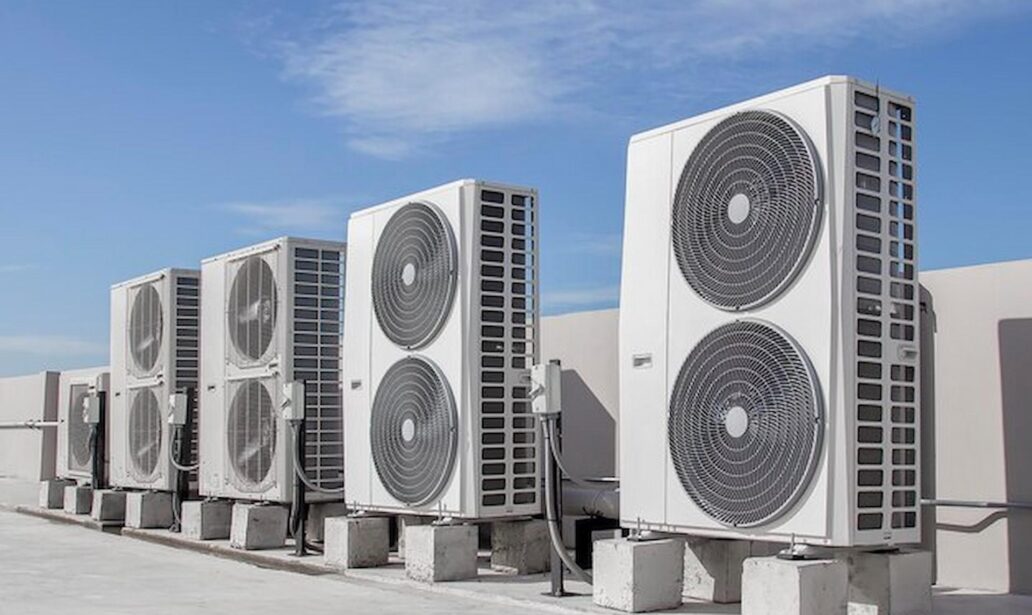HVAC systems are crucial to building management and upkeep in the ever-changing landscape. The foundation of interior temperature control, these systems guarantee residents a year-round pleasant and healthy living space. However, the thoughtful application of HVAC rooftop platforms can greatly improve the upkeep and effectiveness of these systems. These platforms offer numerous advantages that not only improve operational efficiency but also extend the lifespan of HVAC units, ultimately leading to cost savings and more reliable performance.
Enhanced Accessibility For Maintenance
The increased accessibility that Con-form HVAC&R Platforms offer to maintenance staff is one of their main advantages. HVAC systems, especially those installed on rooftops, are often difficult to access, making routine maintenance and emergency repairs challenging. Without a proper platform, technicians may need to rely on ladders or other makeshift solutions, which can be dangerous and time-consuming.
HVAC rooftop platforms provide a safe and stable surface for technicians to work on. This improves safety by lowering the possibility of falls or accidents, and it also makes maintenance work easier to do. The HVAC system runs more efficiently and has less downtime when personnel can swiftly perform routine inspections, cleanings, and repairs since they can readily access every portion of the system.
Improved System Performance
Operational efficiency in HVAC systems is closely tied to how well the system is maintained. A well-maintained HVAC system operates more efficiently, consuming less energy and delivering better climate control. HVAC rooftop platforms contribute to this by facilitating easier access to the system for regular maintenance, which in turn keeps the system running smoothly.
For example, minimising the accumulation of dirt and debris that might obstruct airflow and lower the system’s performance requires routine cleaning of air filters, coils, and other components. These jobs can be completed more frequently and more easily with a rooftop platform in place, guaranteeing that the system is kept operating at its best.
Moreover, HVAC systems that are easily accessible are more likely to receive timely repairs when issues arise. By doing this, minor issues are kept from growing into significant malfunctions that could interrupt business and require expensive repairs. By supporting proactive maintenance, rooftop platforms help to keep HVAC systems running efficiently and reliably.
Protection From Environmental Hazards
Another key advantage of HVAC rooftop platforms is the protection they provide from environmental hazards. Rooftop HVAC units are exposed to the elements, including rain, snow, and debris, which can lead to wear and tear over time. A well-designed rooftop platform can offer protection by elevating the unit above the roof surface, reducing the risk of water damage and minimising the accumulation of debris around the system.
Additionally, rooftop platforms can be equipped with railings or barriers to protect the HVAC unit from wind-blown debris or accidental damage from foot traffic. This added layer of protection not only extends the life of the HVAC system but also ensures that it continues to operate efficiently without unnecessary interruptions caused by environmental factors.
Streamlined Installation And Future Upgrades
HVAC rooftop platforms also play a crucial role during the installation phase of HVAC systems. By providing a stable and level surface, these platforms make it easier to position and secure HVAC units during installation. This can reduce installation time and ensure that the units are installed correctly, which is essential for their long-term performance and efficiency.
Furthermore, as buildings evolve and HVAC needs change, having a rooftop platform in place can simplify the process of upgrading or replacing HVAC units. Instead of having to modify the roof structure or deal with complex installations, technicians can simply utilise the existing platform to install new equipment. This not only saves time but also reduces the cost and complexity of future upgrades, making it easier to adapt to changing building needs.
Cost Savings And ROI
While the initial investment in an HVAC rooftop platform may seem significant, the long-term benefits far outweigh the costs. By improving maintenance accessibility, protecting the system from environmental damage, and streamlining installation and upgrades, rooftop platforms contribute to the overall efficiency and reliability of HVAC systems. This results in decreased energy expenses, fewer repairs, and an extended lifespan for the HVAC systems.
In the long run, these cost savings contribute to a higher return on investment (ROI) for building owners and operators. The enhanced operational efficiency provided by rooftop platforms ensures that HVAC systems deliver consistent performance while minimising the risk of unexpected breakdowns or costly repairs.
Conclusion
In conclusion, HVAC rooftop platforms are a valuable asset for any building equipped with rooftop HVAC systems. They play a crucial role in boosting operational efficiency by enhancing accessibility for maintenance, protecting the system from environmental hazards, and streamlining installation and upgrades. Building owners may guarantee that their HVAC systems run as efficiently as possible by investing in a rooftop platform. This will save money, increase performance, and give building occupants a more comfortable environment.

